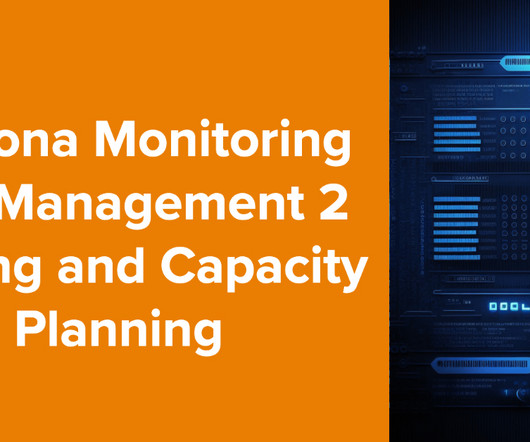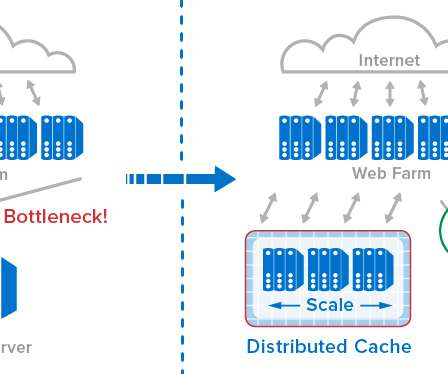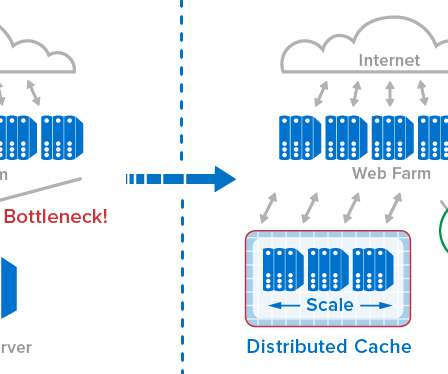Kubernetes in the wild report 2023
Dynatrace
JANUARY 16, 2023
In comparison, on-premises clusters have more and larger nodes: on average, 9 nodes with 32 to 64 GB of memory. Through effortless provisioning, a larger number of small hosts provide a cost-effective and scalable platform. Kubernetes infrastructure models differ between cloud and on-premises.
























Let's personalize your content